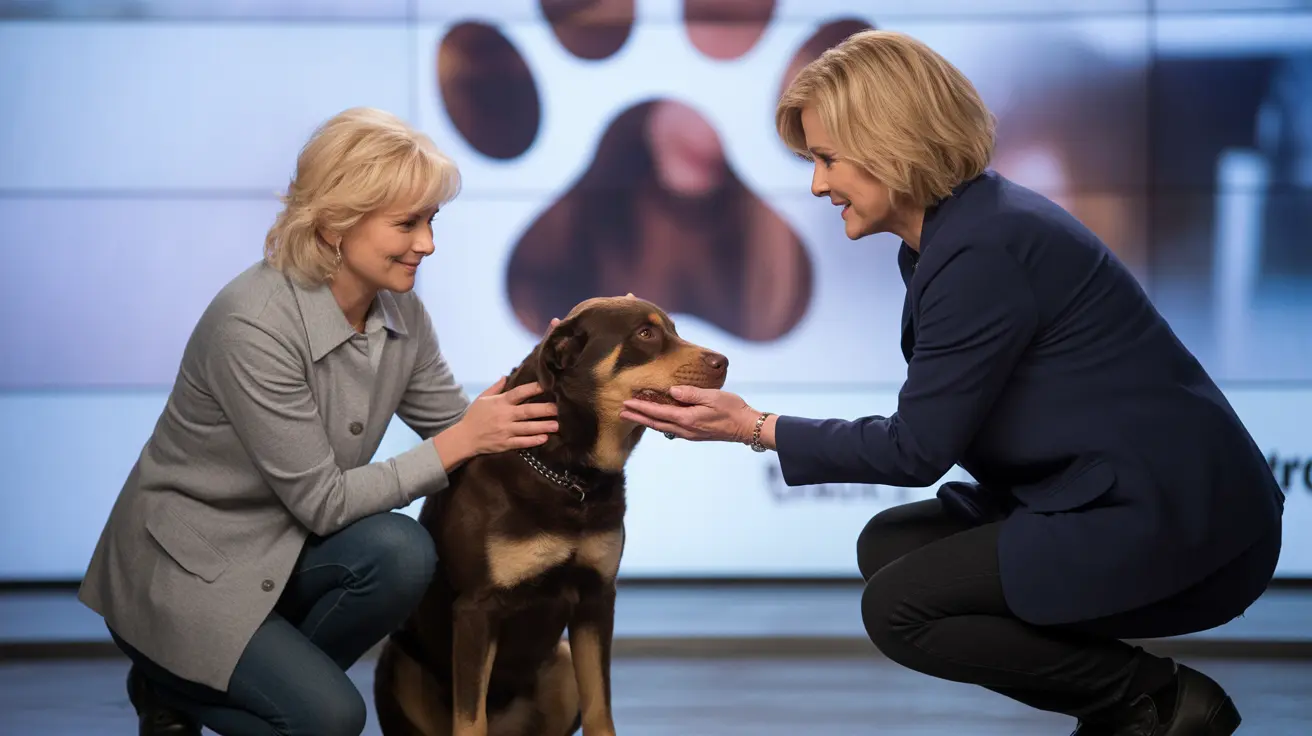How to Be a Confident Leader for Your Dog
Understanding how to build a healthy relationship with your dog is essential to their well-being and your household harmony. While the concept of being the "alpha" often gets misunderstood, showing your dog leadership is less about dominance and more about providing structure, consistency, and patience.
Debunking the Alpha Myth
Historically, the term "alpha" comes from outdated studies of captive wolf packs, promoting the idea that dogs need to be dominated to be obedient. Modern canine behaviorists agree that dogs respond best to positive reinforcement, stability, and confidence — not intimidation.
Why Dogs Need Leadership
Dogs are social animals that thrive with clear expectations and routines. Without structure, they may feel anxious or try to take control inappropriately, leading to behavioral issues. A confident leader provides:
- Consistency: Predictable rules, routines, and consequences.
- Guidance: Showing the dog what’s expected rather than punishing what isn’t.
- Security: A safe household where the dog trusts your decisions.
Steps to Show Leadership Without Dominance
- Set boundaries: Teach your dog simple rules, like waiting at the door or sitting before meals. Enforce them consistently.
- Use rewards-based training: Praise, treats, and play reinforce good behaviors. This motivates your dog to listen and engage with you.
- Control resources: Make access to toys, food, and attention dependent on polite behavior.
- Practice calm assertiveness: Your tone and posture matter. Stay composed, confident, and gentle when communicating commands.
- Engage in daily training: Even five minutes a day strengthens the bond and reinforces your leadership role.
- Provide mental and physical stimulation: A tired and enriched dog is more receptive and less likely to act out.
- Redirect undesirable behavior: If your dog humps, for example, calmly redirect with a command like "sit" or introduce a toy as a distraction. Don’t scold or yell.
- Maintain calm energy: Dogs pick up on emotional states. Being overly excited or aggressive confuses your role as a leader.
Understanding Mounting and Leadership
Mounting or humping behavior can be mistaken as an attempt to assert dominance. However, this behavior is usually tied to excitement, stress, attention-seeking, or hormonal energy. Address it by:
- Identifying triggers: Does it happen during play, boredom, or after meeting new dogs?
- Providing enrichment: Regular walks, training games, and social interactions reduce excess energy.
- Veterinary evaluation: Rule out medical concerns if the behavior is persistent or new.
- Positive redirection: Distract with a toy or cue a replacement behavior, such as lying down.
What to Avoid
Some misconceived tactics can damage your relationship with your dog. Avoid:
- Physical correction: Grabbing, hitting, or rolling a dog can instill fear and mistrust.
- Inconsistent rules: If one behavior is allowed one day and punished the next, confusion will ensue.
- Overuse of scolding: Negative attention can reinforce the behavior if the dog craves interaction.
When to Seek Help
If your dog’s behavior becomes difficult to manage or seems compulsive, consult with a certified behaviorist or positive-based trainer who can tailor strategies to your pet’s needs.
Conclusion
True leadership doesn’t come from force; it comes from creating a routine, modeling calm behavior, and rewarding desired actions. This earns your dog’s trust and fosters a respectful, loving bond.
Remember: showing you're the “alpha” is not about intimidation — it's about being the confident and reliable leader your dog can count on.





